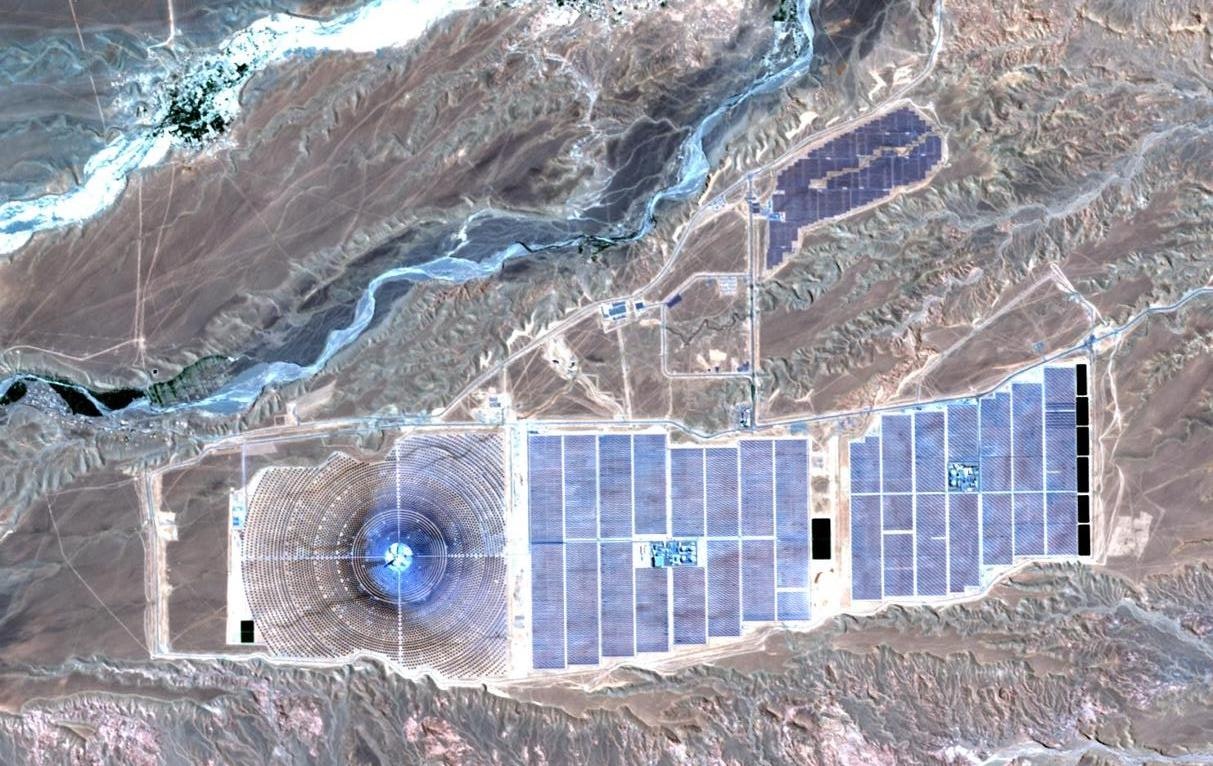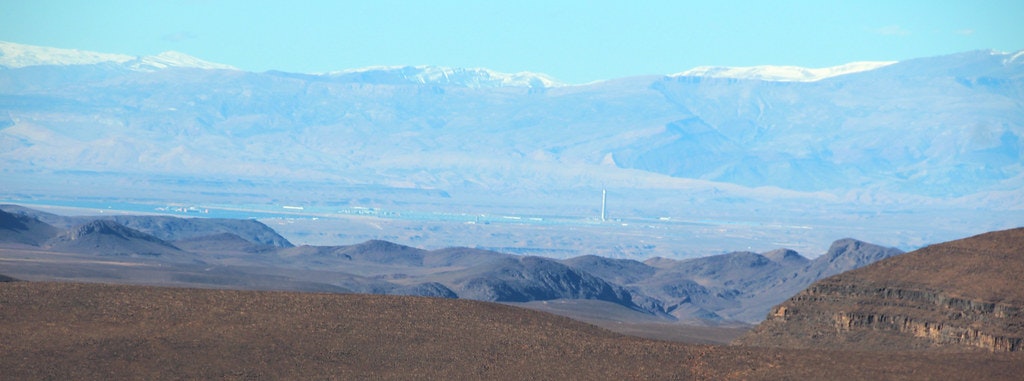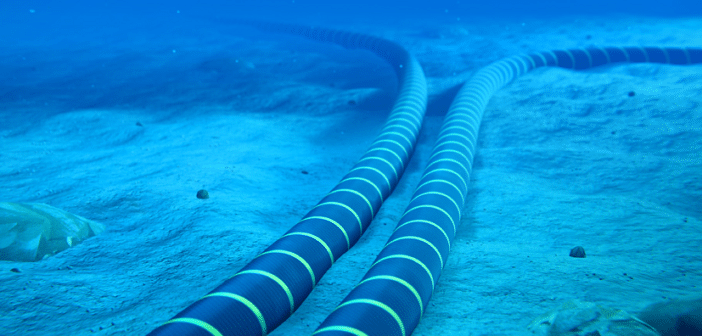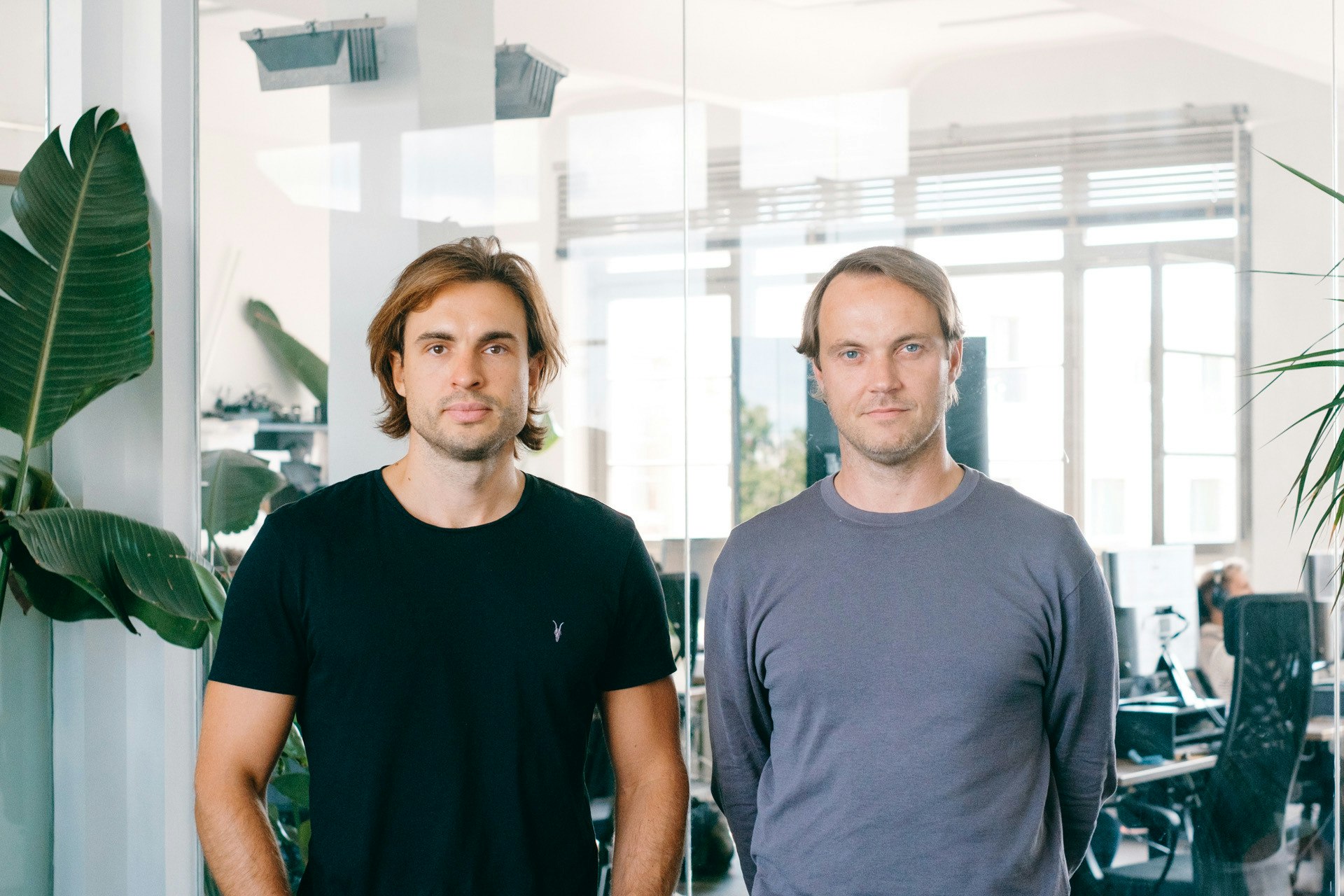In a world run on renewable energy, giant cables will criss-cross the globe, bringing solar and wind power from one country to another. These green arteries will fill the gaps in places when the sun isn’t shining and the wind isn’t blowing.
There are at least nine of these cross-border electricity cables, known as interconnectors, planned in Europe. A 250km line from Germany to Sweden; another, 760km from Denmark to the UK. But the cable that British company Xlinks wants to build will put all others to shame.
Backed by UK energy business Octopus Energy, Xlinks plans to bring solar power from sunny Morocco to cloudy Britain with HVDC (high voltage direct current) undersea cables, which will run 3,800km — the longest such cables in the world. For the small sum of £20bn, the project could deliver 8% of the UK’s energy demand, enough to keep the lights on in 7m homes.
But there are a lot of hurdles to clear before an interconnector can be switched on; some projects have failed over a lack of capital. And others have died on the planning table thanks to the lack of factories that can actually build such a big cable.
“This is a crazy project,” says Simon Morrish, CEO of Xlinks.
Harnessing the Moroccan sun
Electricity traveling along Xlinks’ cable will start its journey in Guelmim-Oued Noun, a region in the south of Morocco where Xlinks has secured a 50-year lease to build 10.5GW of solar and wind generation.
The Moroccan government will receive lease payments for the site, as well as tax revenue for exporting the electricity. Although the components for the solar panels will come from China, they’ll be assembled in Morocco — bringing, Morrish says, 10k jobs to the country.
The country has become an international leader in renewable energy over the last decade. It’s home to projects like the Noor Ouarzazate Complex, one of the world’s largest solar power projects.


NGOs have raised fears about the impacts of renewable energy projects on Morocco, particularly the risk of them fuelling conflict in the disputed Western Sahara. There are also questions over their contribution to water scarcity — solar parks need lots of water to clean panels. Xlinks says there were no people living on the land it plans to use. It also says it's working on water desalination projects in the area and that it will leave a net surplus of water in the area.
From the desert to Devon
Xlinks’ cable will run along the seabed, passing Spain, France and Portugal. The route follows the continental shelf, avoiding the depths of the Bay of Biscay, a gulf in the Atlantic Ocean known for stormy seas and shipwrecks.
Xlinks’ engineering team is run by Nigel Williams, who previously led North Sea Link, an interconnector running from Norway to the UK, which was completed in 2021. The route Xlinks will follow is technically simpler than North Sea Link’s, Morrish says, as it doesn't have to traverse any deep Norwegian fjords, mountains or inland lakes.
The cable will make landfall at a substation near Alverdiscott, a village in the south of England. There, electricity will be fed into the UK’s National Grid. “Our entire footprint in the UK will be 30 acres,” says Morrish. Xlinks has secured land to build a converter station, but has yet to build anything in Morocco, the UK or on the seabed. It’s currently working on subsea surveys to assess the cable's planned route.

£45m raised… of £20bn
It’ll cost around £20bn to get the interconnector up and running by the target of 2030 — most of which is for the cable itself, which is “nearly half of the overall cost of the project”, says Morrish. The £20bn needed will be split into 30% equity and 70% debt financing, he adds.
So far, Xlinks has secured less than one four-hundredth of the total — but it says it has secured the majority of the "development stage" financing it needs. Octopus Energy and the Abu Dhabi National Energy Company, known as TAQA — an energy firm run by the Emirati government, and one of the biggest power suppliers in Morocco — have invested the bulk of Xlinks' total fundraise so far, £45m.
“There have been cost pressures,” says Morrish. “The fact that long-term interest rates in the UK have gone up hugely has impacted projects like ours and offshore wind and everything else quite significantly, because of the cost of capital.”
Morrish says the company has a number of term sheets under consideration and has "strong investor" interest for £5bn of equity lined up. He adds that in 18 months all the financing for the project should be secured.

Chatter in Whitehall
“The most important part of the jigsaw is the [UK] government,” says Morrish. The company wants the project to qualify for a Contract for Difference (CfD) electricity tariff, which can currently only apply to power generated in the UK. The CfD will help make the project economically viable.
Government records show the company has met with UK ministers 10 times, and the government has set up a dedicated team to consider the proposal — Morrish says the government team has so far spent 9,500 hours working on it. “This should be a very, very easy decision for them,” he says.
Xlinks has two other projects lined up in Europe. Morrish says that if the UK moves too slowly, those projects will take precedence. “We're expecting some sizable investment from the utility companies in those countries within the next two or three months.”
Interconnectors the world over
The other main challenge facing interconnector projects like Xlinks is that there are very few manufacturers equipped to make the cables themselves. To solve that, the Xlinks team has set up a company, XLCC, to manufacture cables. They’ve secured a site in Scotland for the factory, set to be the UK’s first HVDC manufacturer.
Appetite for interconnector manufacturing is on the rise and, beyond the Morocco-UK cable, XLCC wants to position itself as central to the industry.
“This sets the stage for long-distance cables crisscrossing the globe, just like data cables do today,” says Morrish. “There's no reason we can't do this between the UK and the US, and all over the place.”


